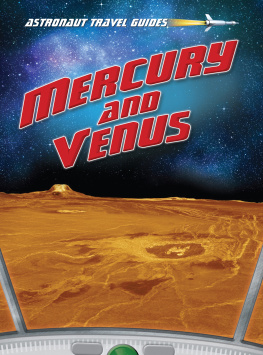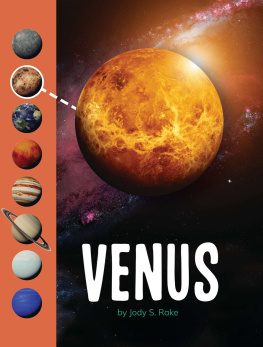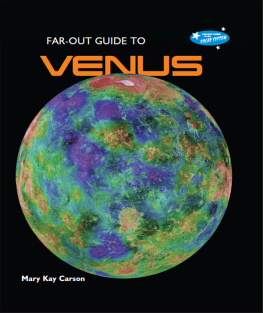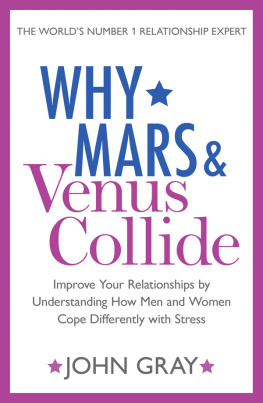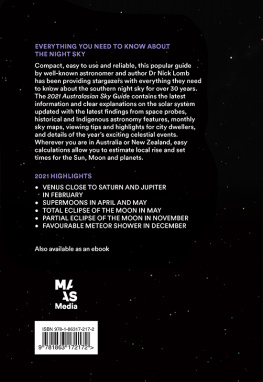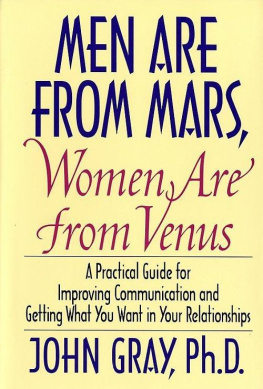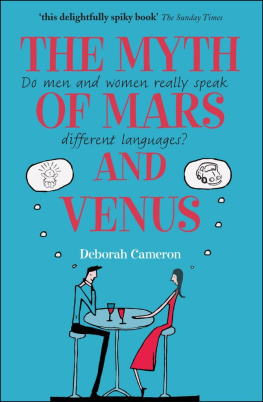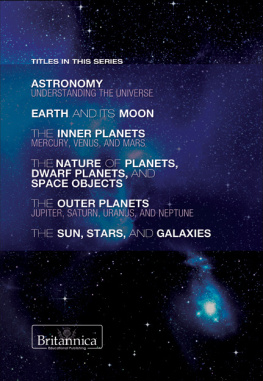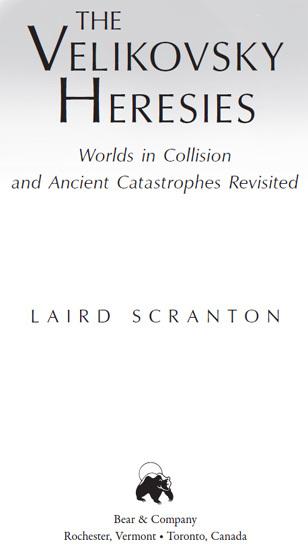ACKNOWLEDGMENTS
This book is the product of many years of reflection on the controversies engendered by Immanuel Velikovskys works. In particular, I would like to thank the frequent posters on Graham Hancocks Mysteries online forum, who have good-naturedly tolerated my frequent rants about Velikovsky over the years. I would like to thank my dear friend Boo Watson for her steadfast support of my studies and Lorraine Spiess for her efforts on behalf of this manuscript. I am grateful for the patience and support of our friends Will Newman and Sue Clark, and for Wills efforts to read and comment on early drafts of this book. I appreciate the great tolerance shown by John Anthony West in response to the sometimes controversial explorations Ive made on behalf of this book relating to Egyptian chronology and civic practices.
I would again like to thank my wife, Risa, for her unwavering support and our children, Isaac and Hannah, for whom the word Velikovsky may well have entered their vocabulary before attaining the age of three. And last, but not least, great thanks are owed to the cities of Salem and Portland, Oregon, whose open and fair-minded outlook on humanity, science, and politics prepared me in truly unique ways to explore such topics as compose my studies.
CONTENTS
Chapter 1
Chapter 2
Chapter 3
Chapter 4
Chapter 5
Chapter 6
Chapter 7
Chapter 8
Chapter 9
Chapter 10
Chapter 11
Chapter 12
Chapter 13
Chapter 14
Chapter 15
INTRODUCTION
THE IRREPRESSIBLE OUTSIDER
The long-persisting controversy over the unorthodox theories of Immanuel Velikovsky is one that I first became acquainted with during my years as a college student in the early 1970s. Although I earned my degree in English in Poughkeepsie, New York, as one of the early male co-eds at Vassar College, my off-school breaks were largely spent with my family in Portland, Oregon, a lovely city in the Willamette Valley, where I had attended high school. Portland is an intelligent, liberal-minded community with an active curiosity for new ideas and a well-earned reputation for thinking outside the box. During my college years, Portland was home to Pense magazine, a student-run publication that had been produced to encourage continuing critical analysis of all questions raised by [Immanuel] Velikovskys work. In those days, a person could not walk through the vibrant downtown of the city of Portland without passing by at least one street-side stand that displayed a copy of Pense magazine . In retrospect, it seems hardly possible to have been a twenty-something student in that place and at that time without gaining at least a passing familiarity with the controversy that surrounded Immanuel Velikovsky.
Two decades later, during the mid-1990s, as the most time-intensive demands of my profession and of parenting began to ease, I found moments once again to read for personal pleasure, and my interest in unresolved mysteries brought me back again to Immanuel Velikovsky. I was now able to acquire and familiarize myself with many of his works, beginning with his books Worlds in Collision and Ages in Chaos. I also read with growing interest the arguments of various reputable critics of Velikovsky, along with a number of other books that were devoted to a more general discussion of the Velikovsky controversy itself.
Fairly quickly I came to see that the role Velikovsky had attained in relation to the scientific communityessentially that of a heretics hereticseemed to have come about largely because of differences in the methodology he applied to his studies, as compared with those typically employed by a professional historian or scientific researcher. Velikovskys approach was often difficult for a traditional academic to acceptor sometimes even to fully understandand so became one source of apparent frustration for some academics as the controversy played out. In some ways, Velikovsky became to traditional scientists in the 1950s what Groucho Marx had been to the social elite of the 1930sthe irrepressible outsider who, while steadfastly refusing to play by traditional rules, still threatened to beat an entrenched elite at their own game, with the potential to make them look ridiculous in the process.
It is fair to say that Immanuel Velikovsky approached his subject matter in a novel way and applied a unique brand of ample intelligence to many of the problems he researched. It was Velikovsky who, with straight-faced chutzpah, offered up ancient mythological storylines as evidence to support a controversial new astronomic theory. Velikovsky was the person who unblushingly put forth rational scientific explanations for biblical events that others had long since dismissed as unfathomable miraclesevents that, for many, might properly fall somewhere closer to the realm of fairy tales than serious scientific discourse.
His theories touched on many different subject areas, and the implications of those theories often asserted themselveswithout regard to traditional pedagogical boundariesacross a wide range of academic disciplines. One way to characterize the kind of brash unexpectedness with which Velikovskys unorthodox methods presented themselves to the scientific community of the 1950s would be to compare them to the acts of a later fictional movie hero named Indiana Jonesthe swashbuckling, whip-carrying archeologist who, when faced with the losing prospect of a scimitar fight against an overmatched opponent, makes the inspired choice to go against type, pulls a gun from his belt, and simply shoots the inconvenient interloper.
It is perhaps this unusual methodology that resonates most with Velikovskys audiencehis innate ability to infer from a small initial set of discrete facts a much broader set of patterns and implications that had remained largely undiscerned by his more traditional peers. It is this same unorthodox methodology that seems to have most inflamed his detractors, who never quite knew what to do with an opponent who refused to play by their rules. The dynamic between Velikovsky and the scientific community reminds me of a time early in my relationship with my wife, Risa, when we would often spend a pleasant evening playing the card game bridge with various friends.
Bridge is a game of skill that is often conducted by serious players according to a system of complicated rules. Each round of play is preceded by a prerequisite round of bidding, and when executed properly, each bid carries with it levels of meaning that may not be immediately obvious to the unsophisticated observer. Nonetheless, for a serious bridge player, these bids often imply to his or her partner information about the number of face cards and the relative strength of various suits that exist in the bidders hand. Risa and I, on the other hand, had always adopted a very straightforward, aboveboard approach to the game, in which a one-spade bid simply implied that one of us believed that we could negotiate a contract of one trick above book, with the suit of spades declared as trump. This approach, which worked quite well for our purposes, had a way of wreaking havoc with the sensibilities of the other players around us, whose impulse was to look for deeper symbolism in our bids.
Another reason for my interest in Velikovskys unorthodox methodology is that it resonates with my own professional mind-set. As an independent software designer and troubleshooter, my job typically requires me to analyze some aspect of a client companys complex, mission-critical business software, thentypically on a short timeframemake a significant change to it. Early in my career I began to notice a disturbing trend in the projects I was hired to dothat each one seemed to require me to know more and more about a clients often unique software, but with less and less outside help or reliable guidance. I joked with myself that, if the trend continued, I would eventually be required to know everything about a clients system with no outside assistance whatsoever. In order to accomplish this and without the luxury of sufficient time to learn all the critical aspects of the system I was about to modify, I needed to develop analytical techniques that would, on the basis of a small number of known facts and a broad overview of how business software typically works, point me in the right direction to make my changes. I think of these techniques as ways of knowing without knowing, and I can see similar techniques at work in Velikovskys methodology.


